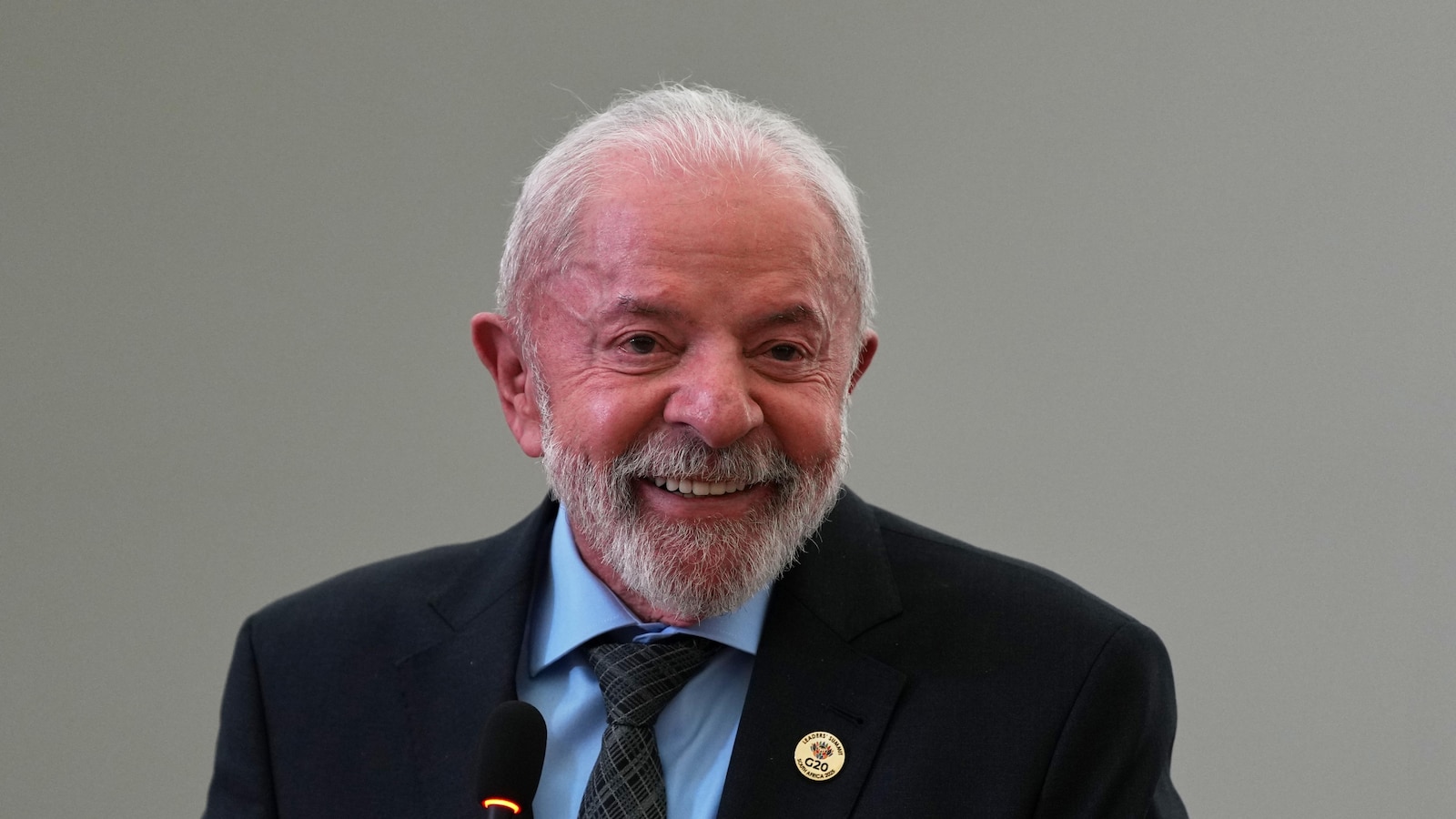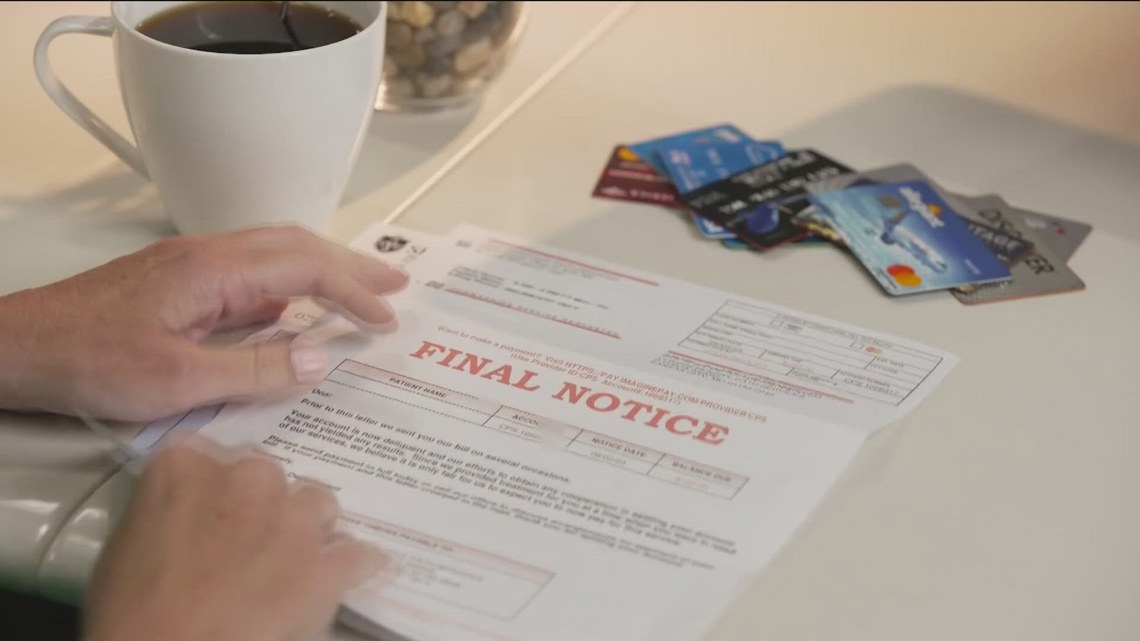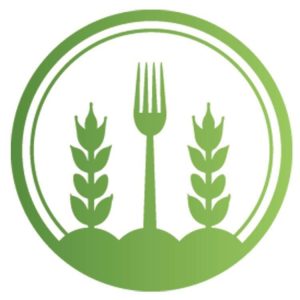U.S. Senator raises concerns over Pakistan’s discriminatory policies against religious minorities – The Hindu

Report on Religious Freedom and Minority Rights in Pakistan
1.0 Introduction
This report summarizes recent concerns regarding the state of religious freedom and the rights of minority groups in Pakistan. It draws upon statements from a senior United States official and key findings from a 2024/25 report by the Human Rights Commission of Pakistan (HRCP). The documented issues present significant challenges to Pakistan’s progress towards several key United Nations Sustainable Development Goals (SDGs), particularly those concerning peace, justice, equality, and strong institutions.
2.0 Key Findings and Observations
Concerns have been formally raised by international observers and domestic human rights organizations regarding systemic issues affecting religious minorities.
- International Concerns: U.S. Senate Foreign Relations Committee Chairman, Senator Jim Risch, stated on November 25, 2025, that the Pakistani government continues to suppress religious freedom through the imposition of blasphemy laws and other discriminatory policies.
- Domestic Reporting: The HRCP report, titled ‘Streets of Fear: Freedom of Religion or Belief in 2024/25,’ corroborates these concerns, highlighting an alarming rise in violence and persecution against minority communities, including Ahmadis, Hindus, and Christians.
- Specific Violations: A pattern of unchecked intolerance has been identified, characterized by:
- Mob violence and lynching of individuals accused of blasphemy.
- Prevalence of hate speech and public vilification.
- Arbitrary arrests targeting minority members.
- Forced conversions and underage marriages, particularly affecting Hindu and Christian girls.
3.0 Implications for Sustainable Development Goals (SDGs)
The situation directly undermines Pakistan’s commitment to the 2030 Agenda for Sustainable Development. The failure to protect minority rights creates significant barriers to achieving several core SDGs.
SDG 16: Peace, Justice and Strong Institutions
The ongoing persecution contravenes the fundamental principles of SDG 16. The use of blasphemy laws for arbitrary arrests and the failure to protect citizens from mob violence demonstrate a weakening of the rule of law (Target 16.3) and a failure to reduce all forms of violence (Target 16.1). The shrinking civic space and suppression of fundamental freedoms are in direct opposition to Target 16.10.
SDG 10: Reduced Inequalities
Discriminatory policies and a climate of intolerance institutionalize inequality, directly conflicting with SDG 10. The lack of legal and social protection for religious minorities prevents their full social, economic, and political inclusion and violates the core aim of ensuring equal opportunity and ending discriminatory practices (Target 10.2 and 10.3).
SDG 5: Gender Equality
The specific targeting of minority women and girls through forced conversions and underage marriage is a severe violation of SDG 5. These acts represent extreme forms of violence against women and girls (Target 5.2) and a fundamental form of discrimination (Target 5.1), preventing them from achieving their full potential and exercising their basic human rights.
4.0 Recommendations
Based on the findings of the Human Rights Commission of Pakistan, the following actions are recommended to align national policy with international human rights standards and the Sustainable Development Goals:
- Establish an official inquiry commission to investigate cases of entrapment in blasphemy allegations, as recommended by the National Commission for Human Rights.
- Enhance the capacity of law enforcement agencies to protect individuals and communities from mob violence. This should include specialized training in:
- Intelligence gathering and early threat detection.
- Modern crowd management techniques.
- Community policing to build trust and de-escalate tensions.
Analysis of Sustainable Development Goals in the Article
1. Which SDGs are addressed or connected to the issues highlighted in the article?
-
SDG 5: Gender Equality
The article directly connects to this goal by highlighting specific forms of violence and discrimination against women and girls from minority communities. The mention of “forced conversions and underage marriages of Hindu and Christian girls” points to severe gender-based inequalities and harmful practices that this goal aims to eliminate.
-
SDG 10: Reduced Inequalities
This goal is central to the article’s theme. The text focuses on the “suppression of religious freedom and discriminatory policies of the government against minority groups.” It describes how specific groups, namely Ahmadis, Hindus, and Christians, face systemic intolerance, hate speech, and violence, leading to significant inequality in their safety, rights, and access to justice compared to the majority population.
-
SDG 16: Peace, Justice and Strong Institutions
The article extensively discusses the failure of justice and state institutions to protect minority rights. Issues such as “discriminatory policies,” the imposition of “blasphemy law,” “mob violence,” and “arbitrary arrests” all indicate a breakdown in the rule of law and the absence of peace and justice for all citizens. The call for better police training and the establishment of an inquiry commission underscores the need to strengthen institutions to protect vulnerable populations.
2. What specific targets under those SDGs can be identified based on the article’s content?
-
Targets under SDG 5 (Gender Equality)
- Target 5.2: Eliminate all forms of violence against all women and girls in the public and private spheres. The article’s reference to “forced conversions” of girls is a form of psychological and physical violence.
- Target 5.3: Eliminate all harmful practices, such as child, early and forced marriage. The specific mention of “underage marriages of Hindu and Christian girls” directly aligns with this target.
-
Targets under SDG 10 (Reduced Inequalities)
- Target 10.2: Empower and promote the social, economic and political inclusion of all, irrespective of… religion. The article describes the opposite of this target, detailing the suppression and vilification of religious minorities, which leads to their exclusion.
- Target 10.3: Ensure equal opportunity and reduce inequalities of outcome, including by eliminating discriminatory laws, policies and practices. The article explicitly calls out “discriminatory policies” and the “blasphemy law” imposed by the government, which are prime examples of the discriminatory practices this target aims to eliminate.
-
Targets under SDG 16 (Peace, Justice and Strong Institutions)
- Target 16.1: Significantly reduce all forms of violence and related death rates everywhere. The article highlights an “alarming rise in violence against religious minorities,” including “mob lynching” and “mob violence,” which this target seeks to reduce.
- Target 16.3: Promote the rule of law at the national and international levels and ensure equal access to justice for all. The use of “blasphemy law” against minorities, “arbitrary arrests,” and an “atmosphere of intolerance” that “remains unchecked” all point to a failure to ensure the rule of law and equal access to justice.
- Target 16.b: Promote and enforce non-discriminatory laws and policies for sustainable development. The article’s core concern is the government’s “discriminatory policies” and the enforcement of the “blasphemy law,” which directly contradicts this target.
3. Are there any indicators mentioned or implied in the article that can be used to measure progress towards the identified targets?
-
Indicators for SDG 5 Targets
- Indicator for Target 5.3: The article implies that progress could be measured by tracking the number of reported cases of forced conversions and underage marriages involving girls from minority religious groups. A reduction in these cases would indicate progress.
-
Indicators for SDG 10 Targets
- Indicator for Target 10.3: The existence of “discriminatory policies” and the “blasphemy law” serves as a direct indicator. Progress could be measured by the repeal or reform of such discriminatory laws and policies.
-
Indicators for SDG 16 Targets
- Indicator for Target 16.1: The article mentions a “rise in violence” and “mob lynching.” An implied indicator would be the number of incidents of mob violence, hate speech, and attacks targeting religious minorities reported annually.
- Indicator for Target 16.3: The article points to “arbitrary arrests” and allegations of “blasphemy.” Progress could be measured by tracking the number of blasphemy cases filed and arbitrary arrests made against members of minority communities.
4. Summary Table of SDGs, Targets, and Indicators
| SDGs | Targets | Indicators (Identified from the Article) |
|---|---|---|
| SDG 5: Gender Equality |
|
|
| SDG 10: Reduced Inequalities |
|
|
| SDG 16: Peace, Justice and Strong Institutions |
|
|
Source: thehindu.com
What is Your Reaction?
 Like
0
Like
0
 Dislike
0
Dislike
0
 Love
0
Love
0
 Funny
0
Funny
0
 Angry
0
Angry
0
 Sad
0
Sad
0
 Wow
0
Wow
0



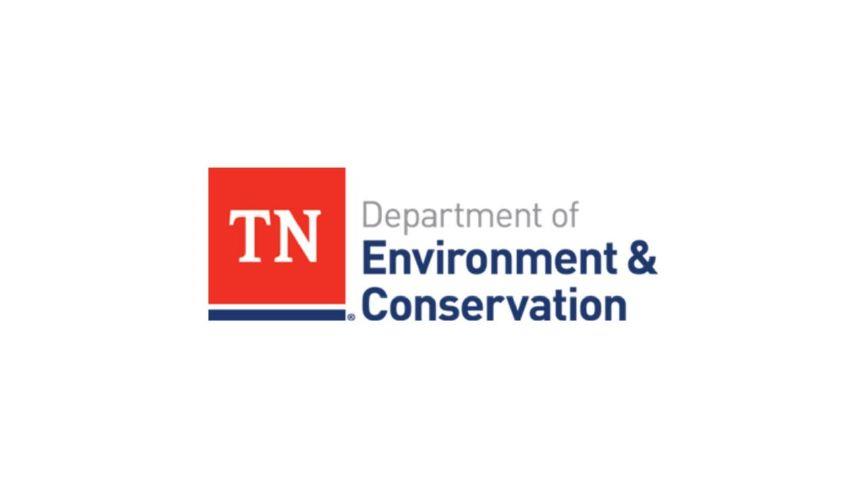






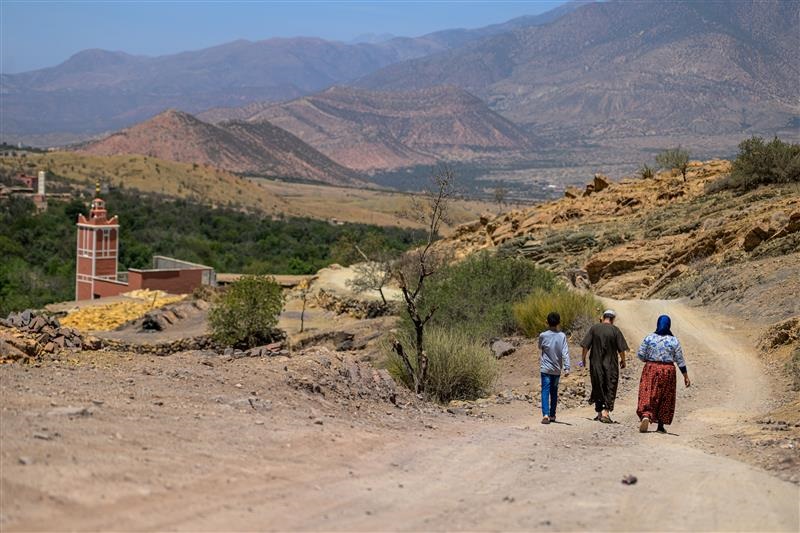

























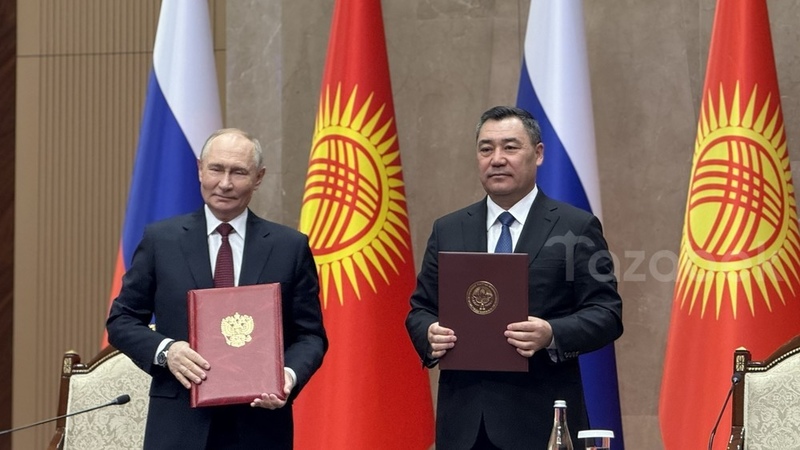




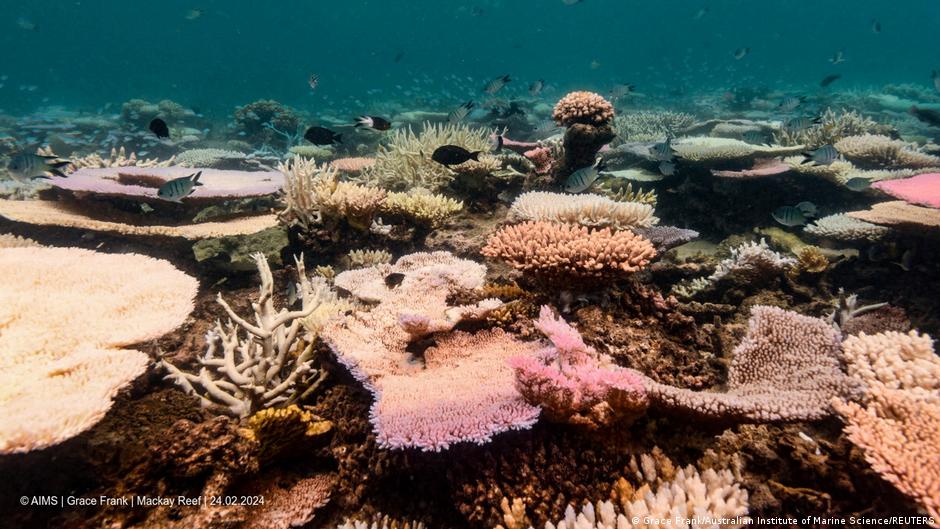





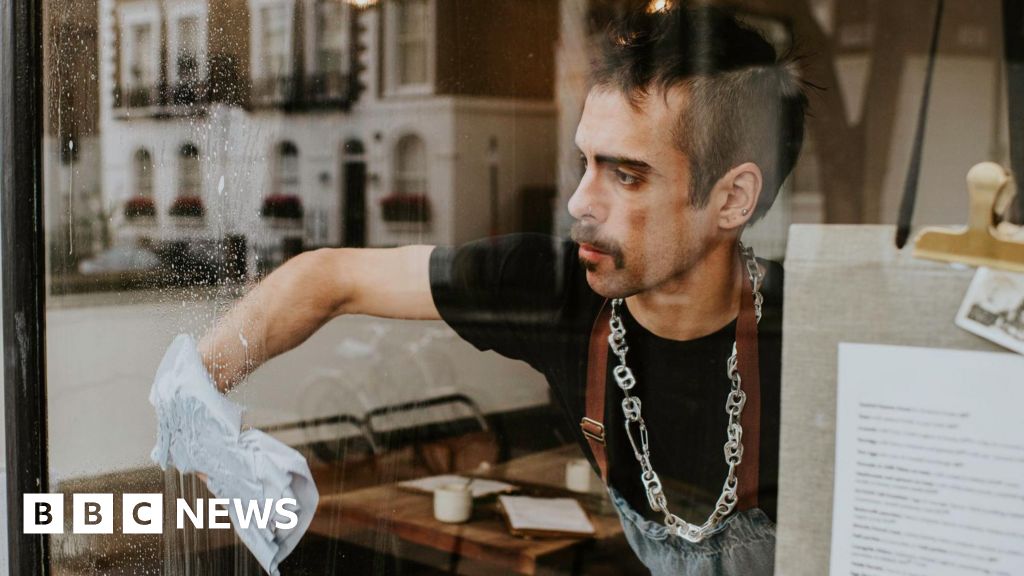
![[Webinar] New California Employment Laws & Developments for 2026 – December 10th, 10:00 am – 11:30 am PT – JD Supra](https://jdsupra-static.s3.amazonaws.com/profile-images/og.16077_5211.png?#)
